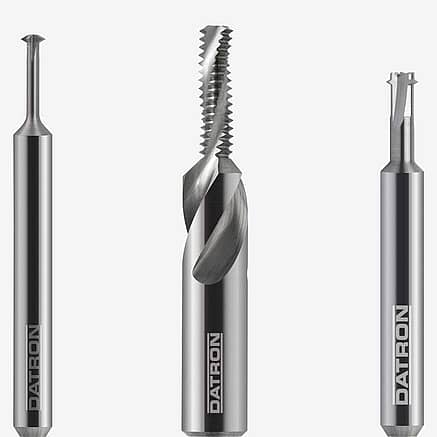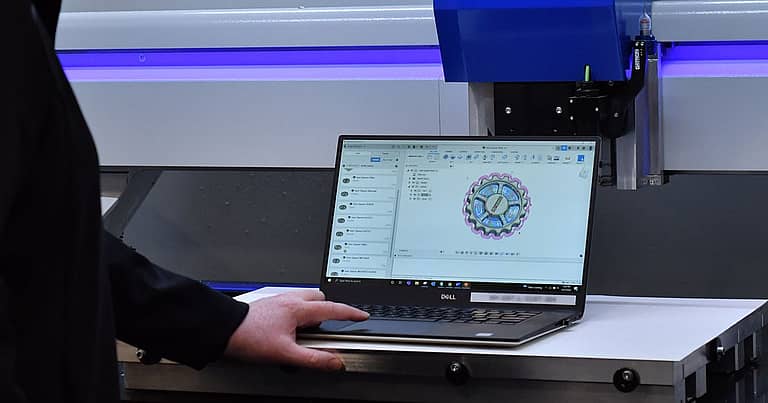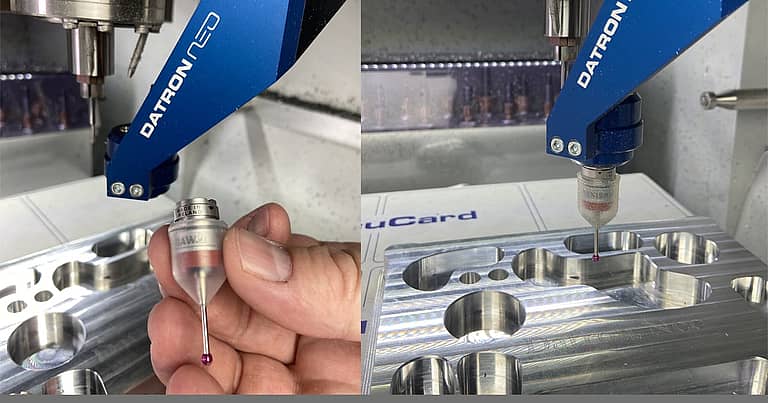
What if thread milling was far easier than you ever imagined?
There are plenty of advantages to using a thread mill. However, many professionals and machine shops avoid doing so because they think it will be too complex to master. But once you know how everything works, you’ll realize how easy this process can really be.
How does a thread mill work? What is it used for, and what are the advantages of this process? Keep reading to discover the answers!
What Is a Thread Mill?
 A thread mill is a specialty tool designed to cut threads via the milling process. This process provides more stability than alternatives such as tapping (more on this later) and gives you the threads you may need to form couplings between various mechanisms.
A thread mill is a specialty tool designed to cut threads via the milling process. This process provides more stability than alternatives such as tapping (more on this later) and gives you the threads you may need to form couplings between various mechanisms.
In the hands of a good machinist, a thread mill becomes one of his most powerful and versatile tools. And if you’re ready to start using it, then it’s important to learn exactly how it works.
How Does a Thread Mill Work?
How does thread milling work? A thread mill uses a high-speed rotating tool to remove unwanted material from the metal surface you are working on. This helps create threads, and many machinists prefer this method rather than trying to create threads using alternative tools such as lathes.
To get started, you simply drill a hole of your chosen diameter, allowing you to insert the thread milling tool. The rotating tool carves a thread in a circular motion, allowing you to produce internal threads.
What Is Thread Milling Used For?
Knowing how to thread mill is a handy skill for any good machinist. And that’s because this skill has so many different potential applications.
For example, it’s great for when you need to produce a high volume of parts. In these cases, the thread mill can save you time and money because you won’t have to use other parts that are guaranteed to break sooner rather than later.
Additionally, the threads you create via the thread mill will be very smooth. While it’s possible to create threads via tapping, those threads will be much rougher and coarser than the ones created via milling.
Thread mills are also superior to tapping when you need to thread blind holes. If you do this via tapping, you will be forced to have a hole deeper than the length of the entire thread. With a thread mill, the special cutters can deftly navigate the blind holes and complete the thread more quickly and efficiently.
What Are the Advantages of Thread Milling Over Tapping?
We’ve covered some of the ways thread milling is better than tapping, including the fact that your tools will last longer. If you’re still not convinced, though, we’ll take a closer look at some of the other advantages.
Thread milling offers more flexibility than tapping. You can use it to cut both internal and external threads. Compared to that, tapping can only handle internal threads. On top of that, the thread mill can use the same pitch to cut holes of different sizes, and you can even create both right-hand and left-hand threads, offering better overall versatility compared to tapping.
Finally, thread milling simply produces threads of a higher quality. There are several reasons for this, including the fact that it uses a lower cutting force than tapping. At the end of the day, if you need the best quality threads, you need to use a thread mill.
Learn More: Thread Milling vs Tapping
Start Your Thread Milling Journey Today!
Now you know more about how a thread mill works. But do you know who can help you get started on your own milling journey?
Here at DATRON, we’re the milling experts, and we’re here to help everyone from complete novices to master machinists. Ready to get your milling project started? All you have to do is contact us today!







